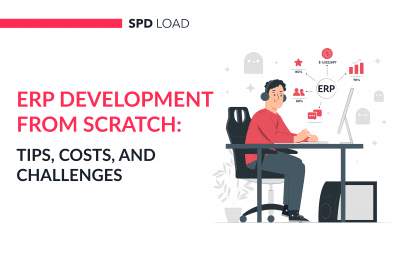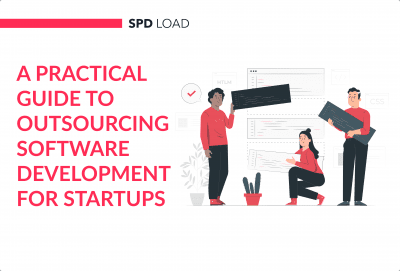EBITDA Business Valuation Calculator
- Created: Apr 09, 2024
- 3 min
EBITDA stands for Earnings Before Interest, Taxes, Depreciation, and Amortization.
It’s a way to measure a company’s profit from its core operations before all the other financial stuff (interest, taxes, depreciation, and amortization) so you can focus on the core business.
Here’s how to read it:
Positive EBITDA means the company is profitable.
This means the company is generating enough revenue to cover its operating expenses and depreciation.
Negative EBITDA is a red flag.
This means the company’s operating expenses are more than revenue or it has big non-cash expenses (high depreciation and amortization).
Use Cases for EBITDA
Here are some EBITDA use cases businesses should be aware of:
- Businesses can use EBITDA to compare the operational performance of different periods or divisions within the company.
By looking at EBITDA over time, they can see if the company’s core operations, like marketing or web development, are improving or declining.
- Investors and analysts often use EBITDA to value companies.
Сomparing EBITDA across similar companies or industries helps you assess a company’s worth based on its operational profitability.
- When considering investing in a company, investors may look at its EBITDA to gauge its potential for generating return on investment.
A higher EBITDA may indicate a more profitable investment opportunity.
- EBITDA can also help assess a company’s financial health by providing insight into its ability to generate cash flow from its core operations.
This information can be crucial for creditors and lenders when evaluating the company’s creditworthiness.
- Businesses can use EBITDA to inform financial strategies, such as cost-cutting initiatives or expansion plans.
Understanding the profitability of their core operations helps businesses decide where to spend their resources.
Overall, EBITDA serves as a useful metric for understanding a company’s operational profitability and can be applied in various ways to support decision-making processes.
You can calculate your EBITDA with this simple and handy tool we’ve created. Read on to discover how it works.
Explore our app development services today
How to Use the EBITDA Calculator?
Using an EBITDA calculator is super easy. Here’s how:
Enter the total revenue of the company. This is the money the company makes from selling its products or services.
Enter the operating expenses. These are the costs directly related to the business, such as salaries, rent, utilities, materials etc.
The calculator will subtract the operating expenses from the revenue to give you the gross profit. This is the money the company makes before other costs.
If applicable, enter any other expenses such as interest on loans, taxes, non-cash expenses like depreciation and amortization.
The calculator will subtract these additional expenses from the gross profit to give you the EBITDA (Earnings Before Interest, Taxes, Depreciation and Amortization). This will give you a better view of the company’s operational profitability.
Review the calculated EBITDA. This will help you see how much the company is making from its core business, excluding some financials.
EBITDA Formula
The formula for EBITDA is straightforward:
EBITDA=Net Income+Interest+Taxes+Depreciation+Amortization
Here’s a breakdown:
- Operating Profit is the money a company makes from it’s usual business tasks.
- Depreciation Expense is the decrease in the value of physical assets (like machines or buildings) over time.
- Amortization Expense is the decrease in value of non-physical assets (like patents or trademarks) over time.
You can use our EBITDA margin calculator to calculate EBITDA for a specific quarter or for the trailing twelve months (TTM).
Let’s see how this calculation works.
Here’s an example of how to calculate EBITDA.
Let’s say Company XYZ reported the following financial information for the year:
- Net Income: $500,000
- Interest Expense: $50,000
- Taxes: $100,000
- Depreciation: $75,000
- Amortization: $25,000
Using the formula, we can calculate EBITDA:
EBITDA=$500,000+$50,000+$100,000+$75,000+$25,000
EBITDA=$750,000
So, Company XYZ’s EBITDA for the year is $750,000.
This figure gives insight into the company’s operational performance before accounting for non-operating expenses such as interest, taxes, depreciation, and amortization.
Calculating EBITDA helps the company understand how much money it’s making from its core business operations, excluding factors like loan interest payments, taxes, and non-cash expenses.
This clarifies the company’s operational performance and helps make strategic decisions.












